Every day, babies are diagnosed with eczema. This condition causes the skin to become red, itchy and inflamed. As you may have guessed, eczema presents challenges for young people and parents alike. That’s why the more you know, the more effective you can be in ensuring the comfort and well-being of your child.
How Did My Child Develop Eczema?
The National Eczema Association explains that there is no root cause of eczema. So think of it this way: when the immune system comes in contact with something out of the ordinary, skin cells react in a way that causes flare-ups. Keep in mind, also, that children who develop eczema do so because of environmental triggers and family history.
Eczema Symptoms
Please note that eczema looks and acts differently with each case. As your child gets older, the location and appearance of eczema are likely to change. Here is what parents should be looking for with regard to their child’s symptoms:
- Infants (first six months) - Look for eczema on the face, cheeks, chin, forehead, and scalp. Don’t be surprised if it spreads to other areas of the body. One thing to watch with infant eczema is that skins tend to appear more red and weepy.
- Babies (6-12 months) - By this point, eczema may start appearing on your baby’s knees, elbows, and other places that are easy to scratch or rub as they’re crawling.
- Toddlers (2-5 years) - At age 2, your toddler’s eczema may appear in the creases of the elbows and knees, on their wrists, as well as ankles and hands. His or her skin may start to look dry and scaly and become thick with deeper lines.
- Children (5 years and older) - Interestingly, nearly 70 percent of people have had hand eczema at some point in their life. But with children, in particular, look for signs of eczema behind their ears, on their feet or scalp, and in the folds of the elbows/knees. As aforementioned above, it’s different with every child.
Trigger Factors of Eczema
At the moment, there is no cure for eczema. That’s why parents must strive to manage flare-ups as best as possible. A key piece to that is knowing your child’s eczema triggers in order to avoid exposure. Here are some tips for steering clear of these trigger factors:
- Wear soft clothes that are breathable - Wool, nylon, or other stiff material can only exacerbate your child’s eczema symptoms. SOOTHEMS™ garments, on the other hand, reduce itchiness by protecting the skin’s moisture levels. This keeps the bacteria growth at bay and soothes the skin during recovery.
- Stay cool whenever possible - Many children with eczema often experience itching when sweating. Especially during flare-ups, it’s a good idea to prevent your child from engaging in strenuous activity. Pro tip: layer their clothing and adjust to temperature change when necessary. The last thing you want to do is overheat rooms in the house, especially their bedroom.
- Take a cool shower or bath - We’ll touch on this more in a bit, but doing so provides temporary relief from itching.
- Be aware of the impact of pets - Those who are also prone to allergies may not have the greatest of success with Fido. If you do have a furry friend in the house, try to keep them outside as much as possible. When your pet is inside, keep them off beds, rugs, and furniture where your child plays.
- Help your child cope with stressful situations - Not surprisingly, flare ups worsen when under a significant amount of stress. This only increases the need to communicate with your child as frequently as possible. Don’t be afraid, either, to review problems with their pediatrician or a mental health professional.
Eczema Treatments
Now that you understand the symptoms and trigger factors of eczema, let’s get into the treatments:
- Bathing and moisturizing - Eczema care should include bathing with a gentle cleanser and moisturizing to lock water into the skin. By combatting dryness and keeping out irritants, moisturized skin helps control flares.
- Wet wrap therapy - This method helps rehydrate and calm the skin, as well as boost the effectiveness of topical medications. Consider wet wraps after your child has finished bathing, moisturizing, and applying medication.
- Over-the-counter remedies - There are a number of cleansers, mild corticosteroids, moisturizers, and other products that can work to alleviate eczema symptoms.
Whether it’s eczema therapy for children or eczema relief for babies. SOOTHEMS has you covered. We understand that it can be difficult trying to find the best eczema skin care. Please don’t hesitate to reach out with questions about what to use for eczema.

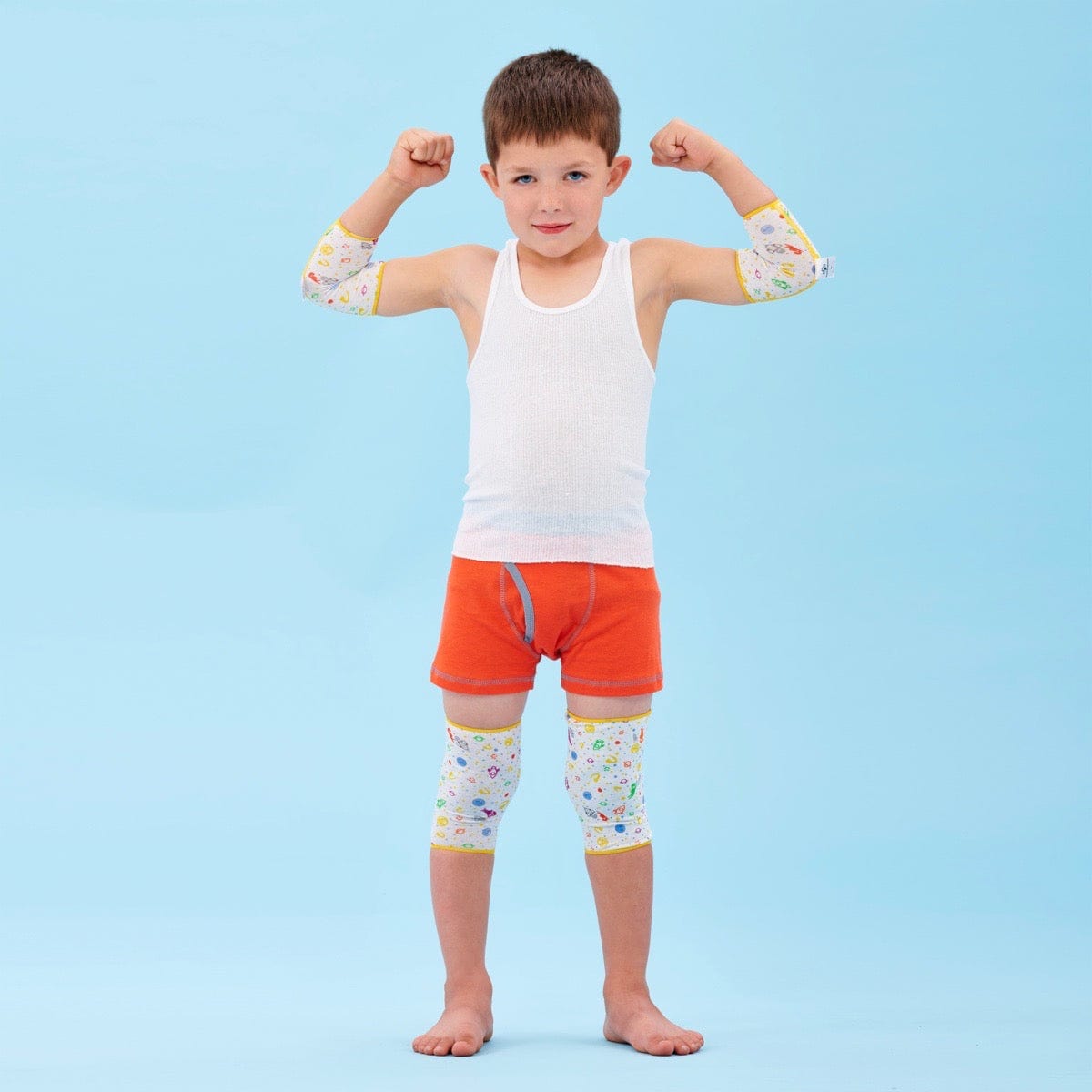
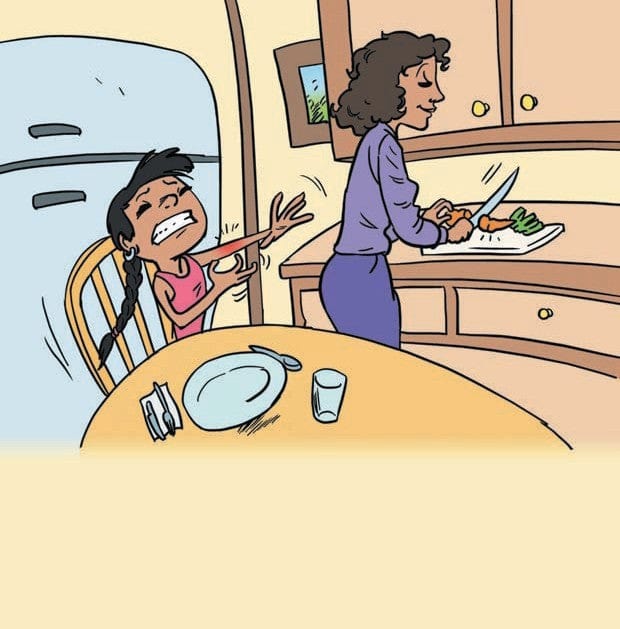
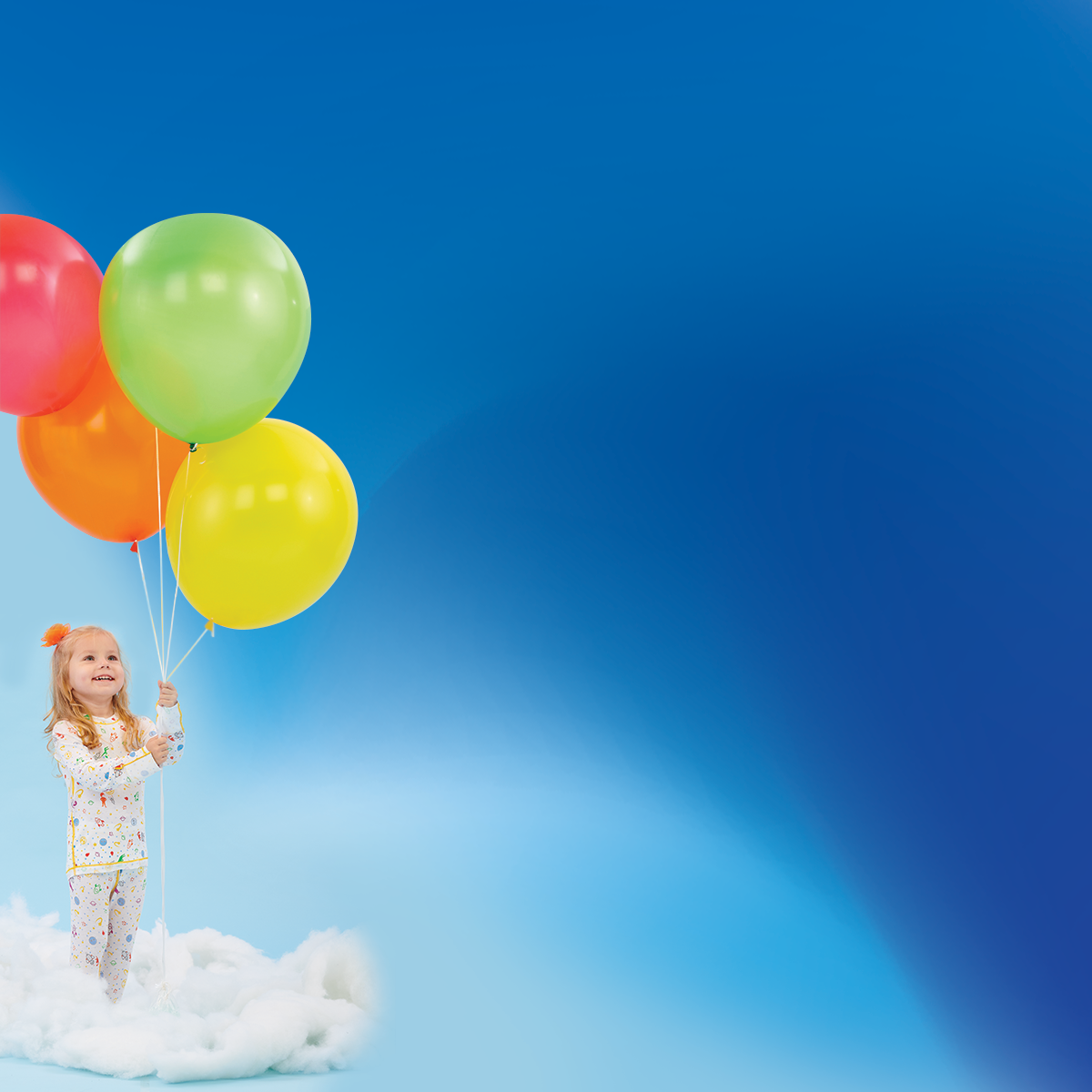
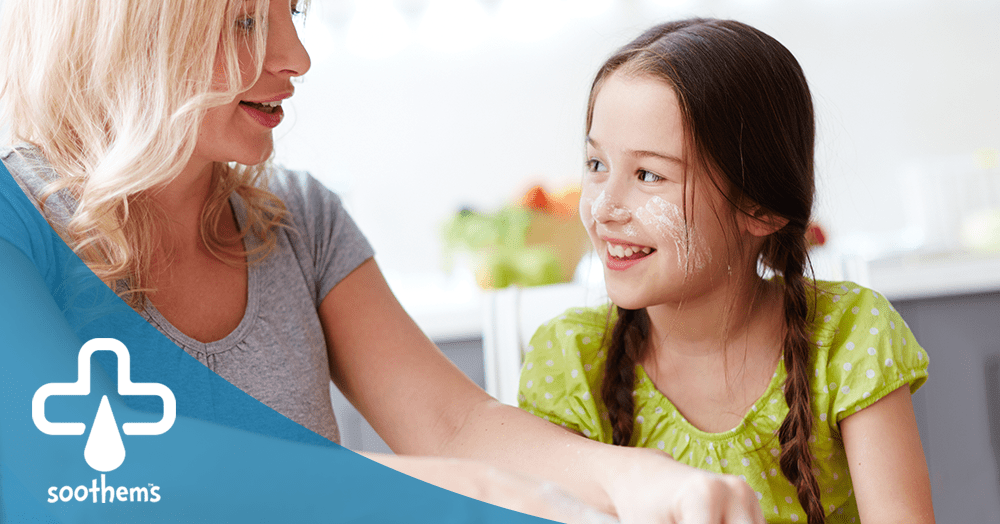
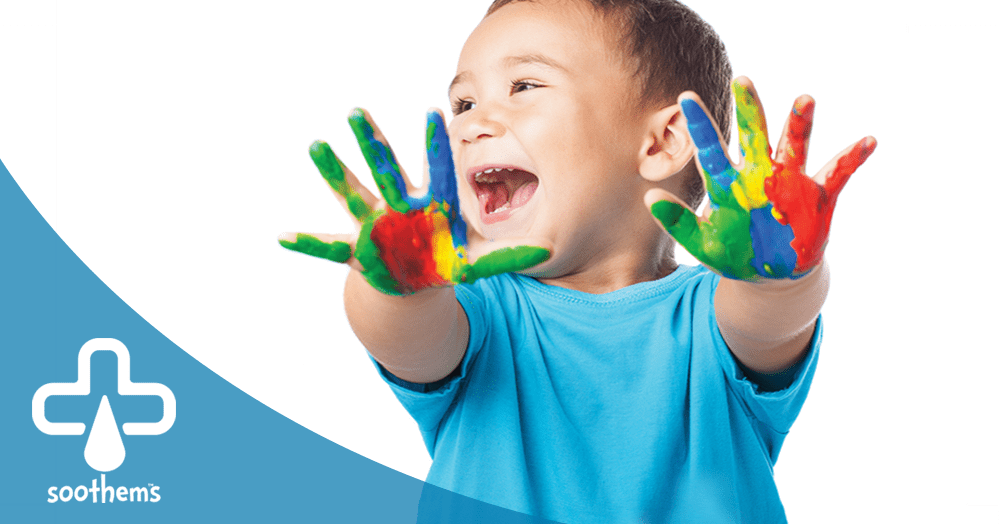
Leave a comment
All comments are moderated before being published.
This site is protected by hCaptcha and the hCaptcha Privacy Policy and Terms of Service apply.